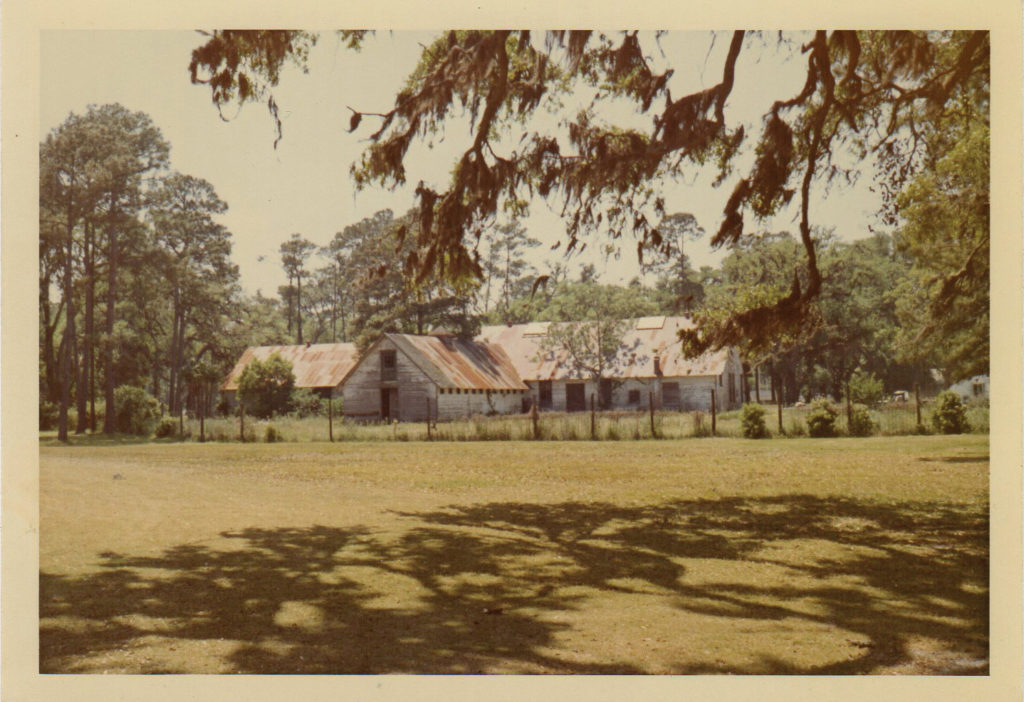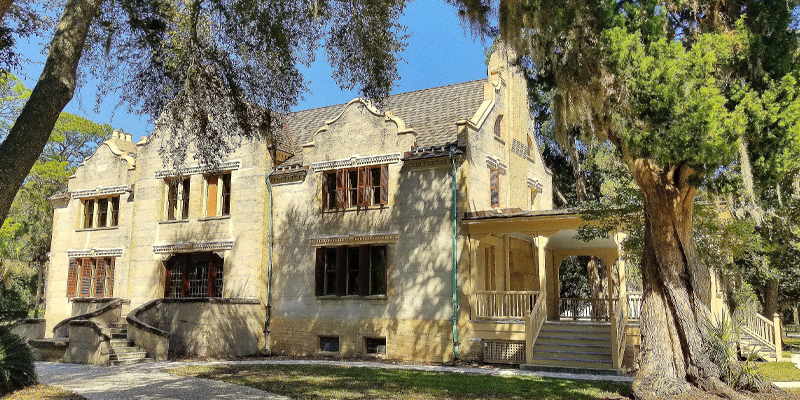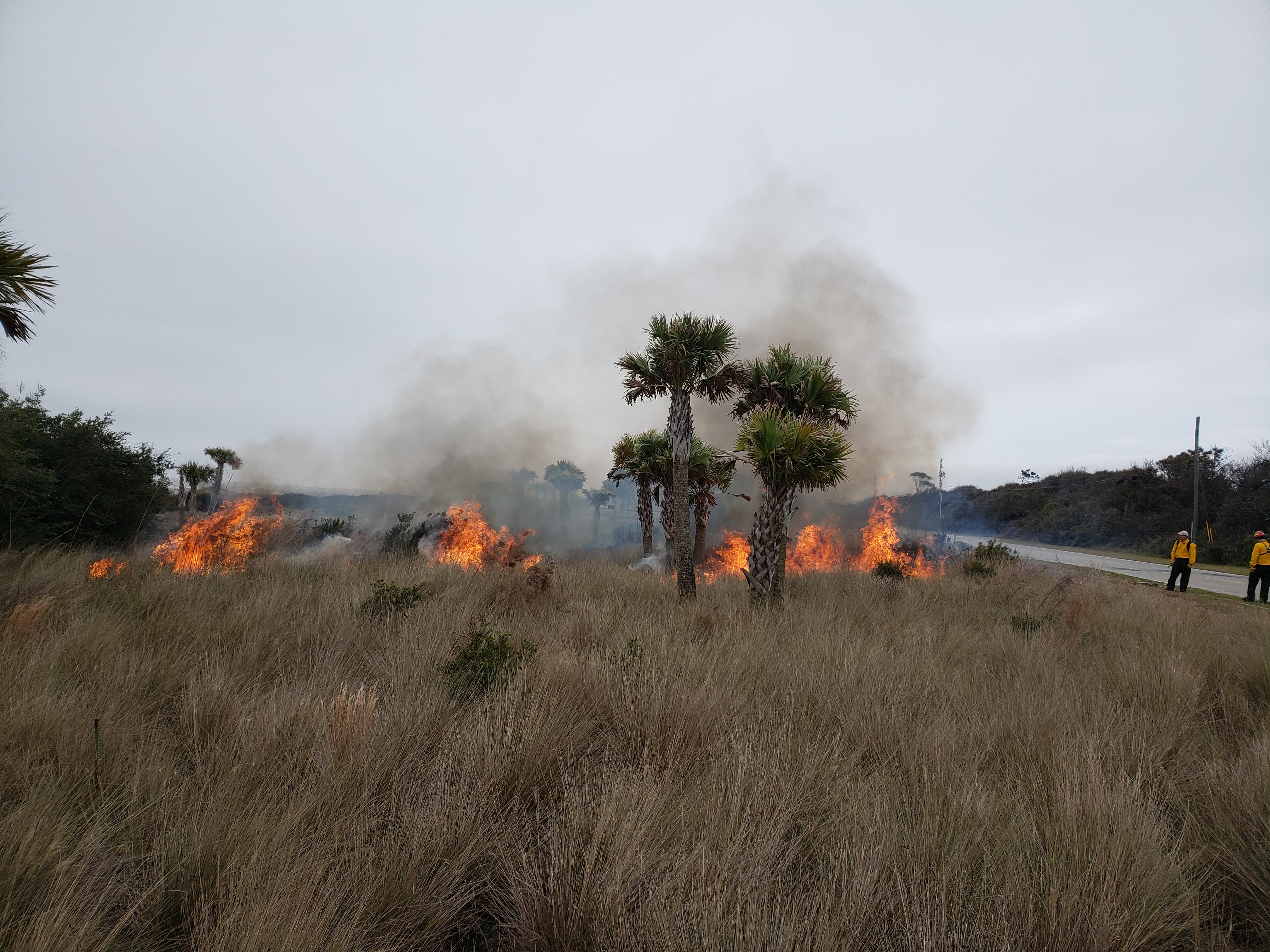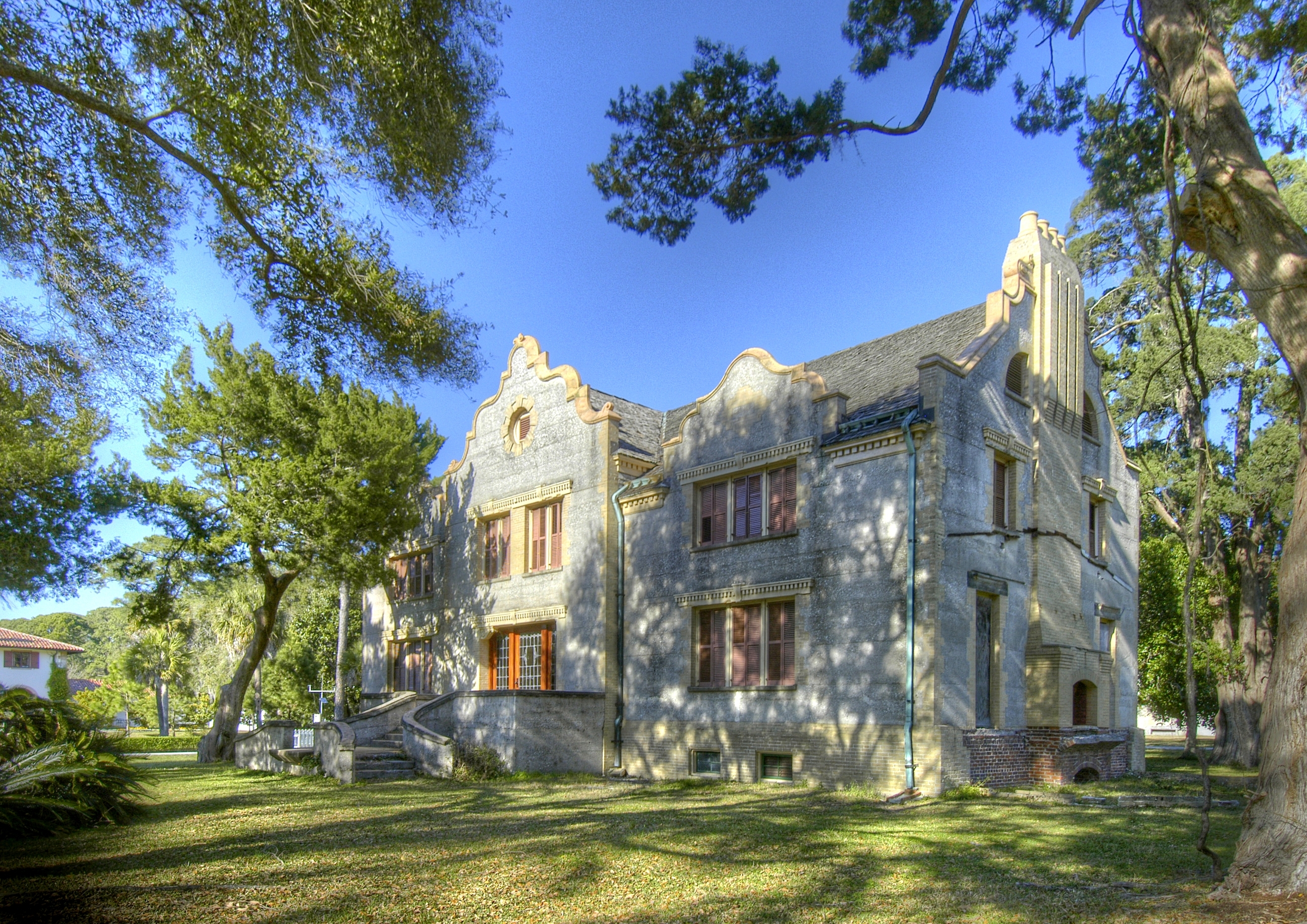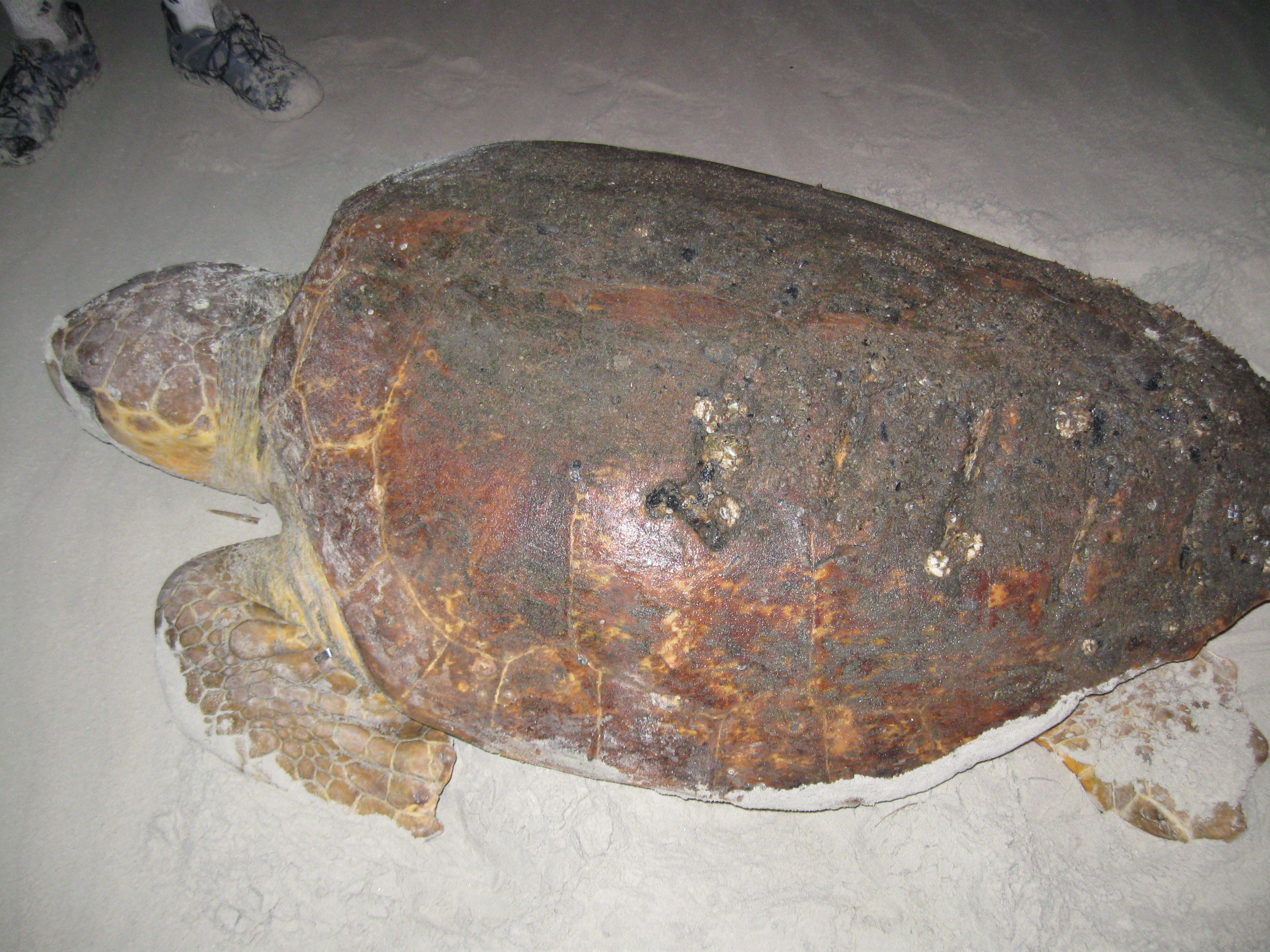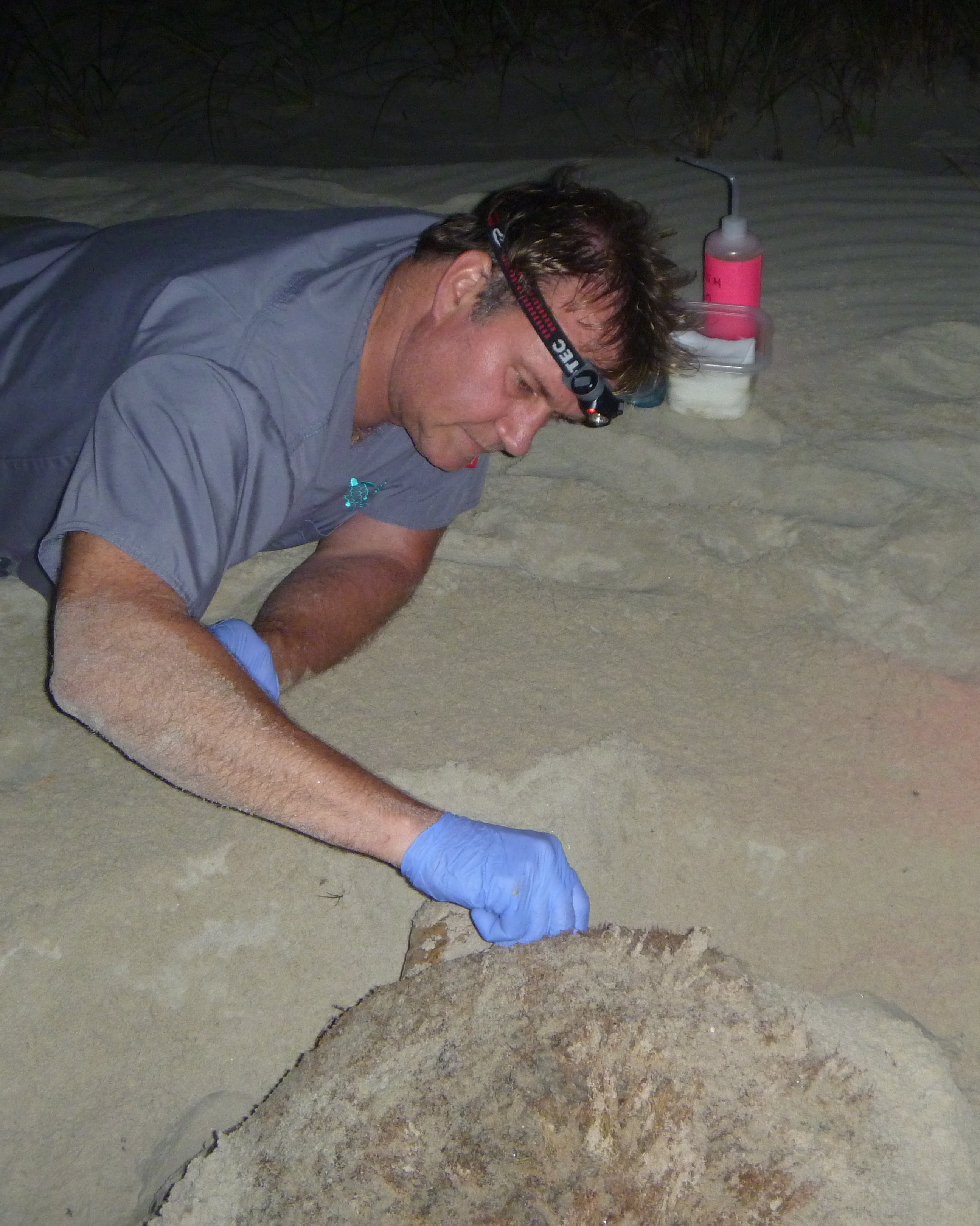By Stephanie Jackson
JIA Museum Educator
April marks the one-year anniversary of the opening of Mosaic, the Jekyll Island Museum. Housed in the old Jekyll Island Club Stables, Mosaic pays tribute to its roots. Walking through the old stable doors, you can catch glimpses of its equestrian beginnings throughout the building. Upon entering the gift shop, remnants of the old individual stables are still evident, along with initials of the club members who kept their horses there. Looking up you will see what remains of the old hay loft, and in the rear is the only remaining horse and stable, who will neigh as you approach. While he may not be a real horse, guests are invited to submit a name for him, which we update weekly!
Throughout our first year there have been several new additions to Mosaic. In honor of the anniversary of the 19th Amendment, a new women’s suffrage exhibit, ratified on August 18, 1920, greets visitors as they enter the lobby. The four-paneled exhibit beautifully illustrates the story of the Suffrage Movement even as it continues nearly 100 years later. Filled with images and information, the exhibit is an excellent summary of the trials and tribulations of the movement. Stay tuned for upcoming programs highlighting the active role Jekyll Island Club families had in the fight for women’s right to vote.
Another new exhibit highlights the first transcontinental phone call. Theodore Vail, President of AT&T, was on Jekyll Island when the call took place on January 25, 1915. This event marked the opening of the transcontinental phone line, allowing people to talk to one another from coast to coast. There are several commemorative items from this historical event in the exhibit, including a gavel made from one of the telephone poles used to make the historic call.
Phase I – The renovation and re-purposing of this beautiful, interactive facility – from gallery to classroom, aka “The Tack Room” – was made possible thanks to hundreds of Jekyll Island Foundation donors and partners. We extend our gratitude to JIF and the many guests who have come through our stable doors. We couldn’t have done it without YOU!
Phase II – Jekyll Island Foundation is pleased to kick-off fundraising efforts for Mosaic Phase II – Outdoor Education Space, with a lead grant from the Friends of Historic Jekyll Island. “The Paddock”, as it is aptly named, will provide an additional and substantial outdoor learning environment for the new Mosaic facility. For more information or to partner to build “The Paddock”, visit Mosaic Initiative.
To learn more about exciting new historic tours and programs, including an upcoming series called “Spilling the Tea”, visit Historic District Events & Programs.
